Ever since Laugier’s hut, people have fantasized with an architecture made of vegetation, which goes beyond the garden that is part of the house; it is about building with these live elements and reinterpreting ancient techniques in an innovative way, in order to reach a deeper connection with nature.
Vegetation has been part of architecture since its early days and it has been present in different construction traditions which today are being incorporated to the contemporary practice. Creating a willow dome, tunnel, or bed in the garden are just some examples of what can be found all across the world, they are all filled with charm, wit, curiosity, and love for plants.
Vegetable architecture is a set of new technologies and traditional techniques used to create structures with living trees and other woody plants, meaning, it uses plants as elements for construction, making the most of the capacity to self-graft some species have, in order to create diverse shapes.
In a more elaborate way, natural architecture has been practiced for centuries, as shown in Medieval European gardens (18th century), where the interlacing technique was employed, which consists in uniting live branches and stems to induce grafts, having wooded promenades as a result, where treetops intertwine to create canopies and screens.
In another spot of the planet and a little over 500 years ago, the construction of the live Cherrapunji bridges in India began, which we can visit and are able to support the weight of 50 people. These are made with secondary roots of many trees and even though it took them between 10 and 15 years to be fully functional, they are extraordinarily strong.

Live trees were used in the Middle East to build houses of over three floors where around 50 people could fit, practice which extended to Europe as well.
Several representative names of this practice appeared in the 20th century, such as American banker John Krubsack, who conceived, planted, and modeled the first known living chair, beginning its construction in 1903 and harvesting it 11 years later. German landscape engineer Arthur Wiechula published the book Developing Houses from Living Trees in 1926 and built a poplar wall to keep snow off the train tracks.
There is also British architect and writer Edward James, linked to the Surrealist movement, who arrived in Mexico in the 40’s with the project to create a Garden of Eden in the Huasteca mountain range, building Las Pozas in Xilitla. Swedish farmer Axel Erlandson cultivated and modified trees following specific patters, while living in the United States, by creating the horticultural attraction “The Tree Circus” in the Gilroy Gardens theme park in California, of which we can still see 24 of these trees. The American firm Arborsmith Studios, which started in the 50’s, continues to develop vegetal furniture and sculptures, in addition to books to promote this practice.
There are currently design studios and research groups destined to create their own live architectural projects, like the University of Stuttgart in Germany, where a group focused on “Baubotanik” was created, term which integrates engineering with live vegetal material.
Also, cathedrals have been built using this technique, like the Tree Cathedral in England, designed in the 80’s decade by landscaping architect Neil Hingston. And the Vegetal Cathedral that Giuliano Mauri projected and started to build in 2002 at the foot of the Pizzo Arera mountains in Italy; it is important to mention that this construction was finished in 2010, one year after the death of its architect.
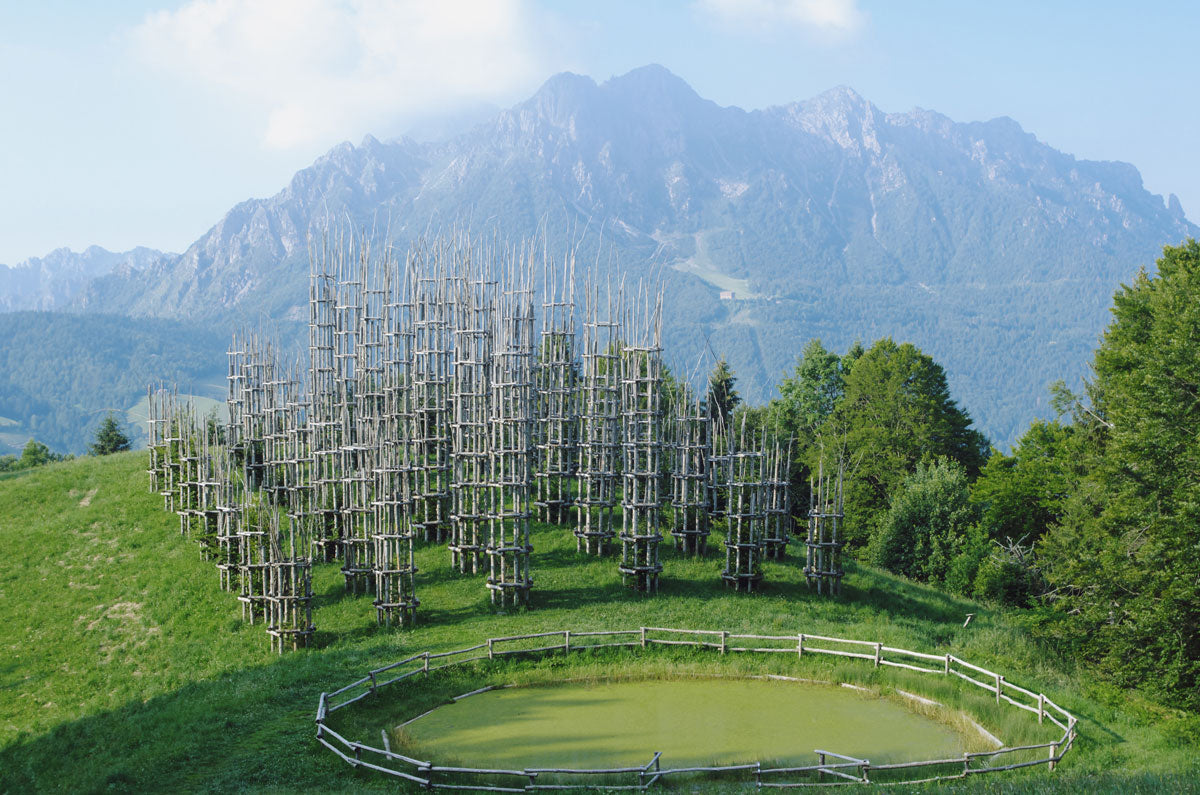
In addition, buildings with a greater functionality are being made, which use vegetation in a complementary way. Such is the case of Malaysian architect Ken Yeang’s creations, who stands out for his ecological approach to architectural design and his sustainable methods. And Argentinian architect and designer Emilio Ambasz, considered precursor of green architecture, whose characteristic style is a combination of buildings and gardens, which he describes as “green over gray”. And we cannot ignore Patrick Blank’s vegetal façades, turning constructions into authentic green buildings.
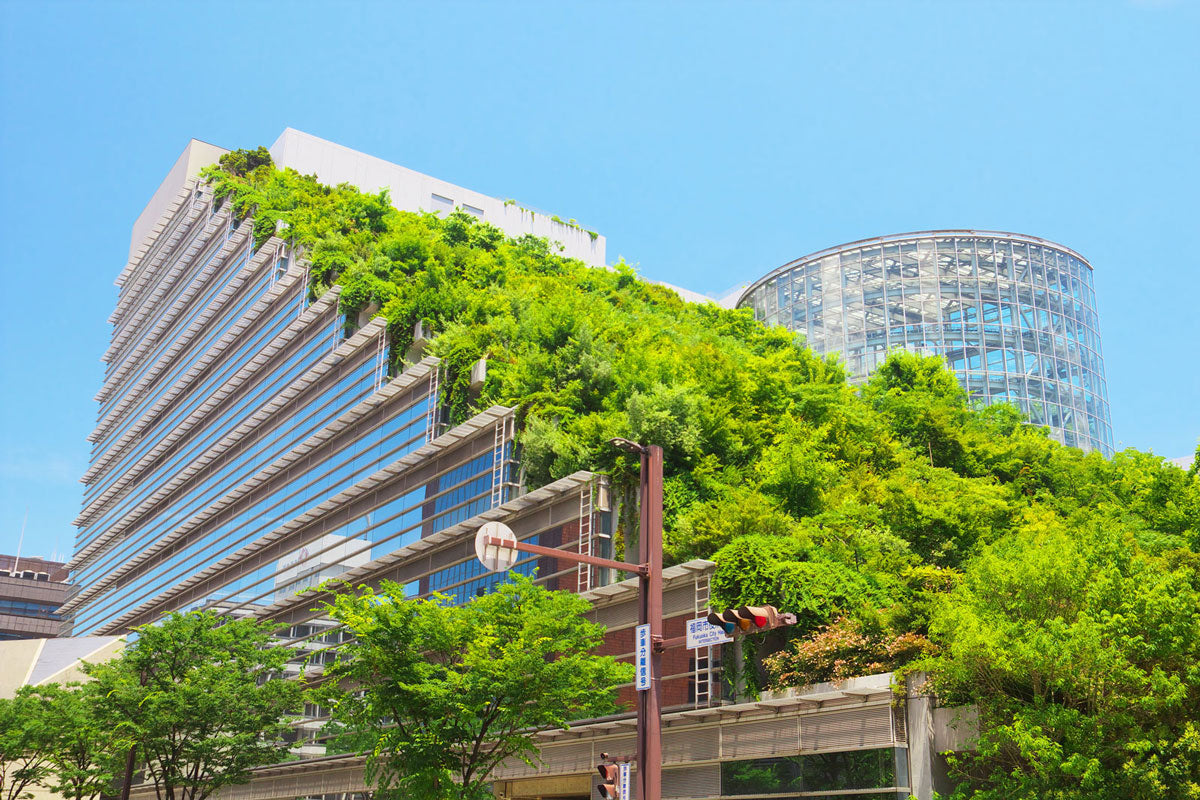
Other current examples are: Bosco Verticale which, as part of an urban reforestation project, consists of two residential towers in Milan, designed by Boeri Studio, with over 2,000 vegetal species distributed across its façades. Oasia Hotel Downtown in Singapore, by WOHA, a tropical living tower where each floor has its own garden and it is conceived as a bird and animal shelter, reintroducing biodiversity in the city. O Factor in the Forest in Penang, Malaysia, a clear example where architecture, instead of competing against or complementing nature, can become part of it.
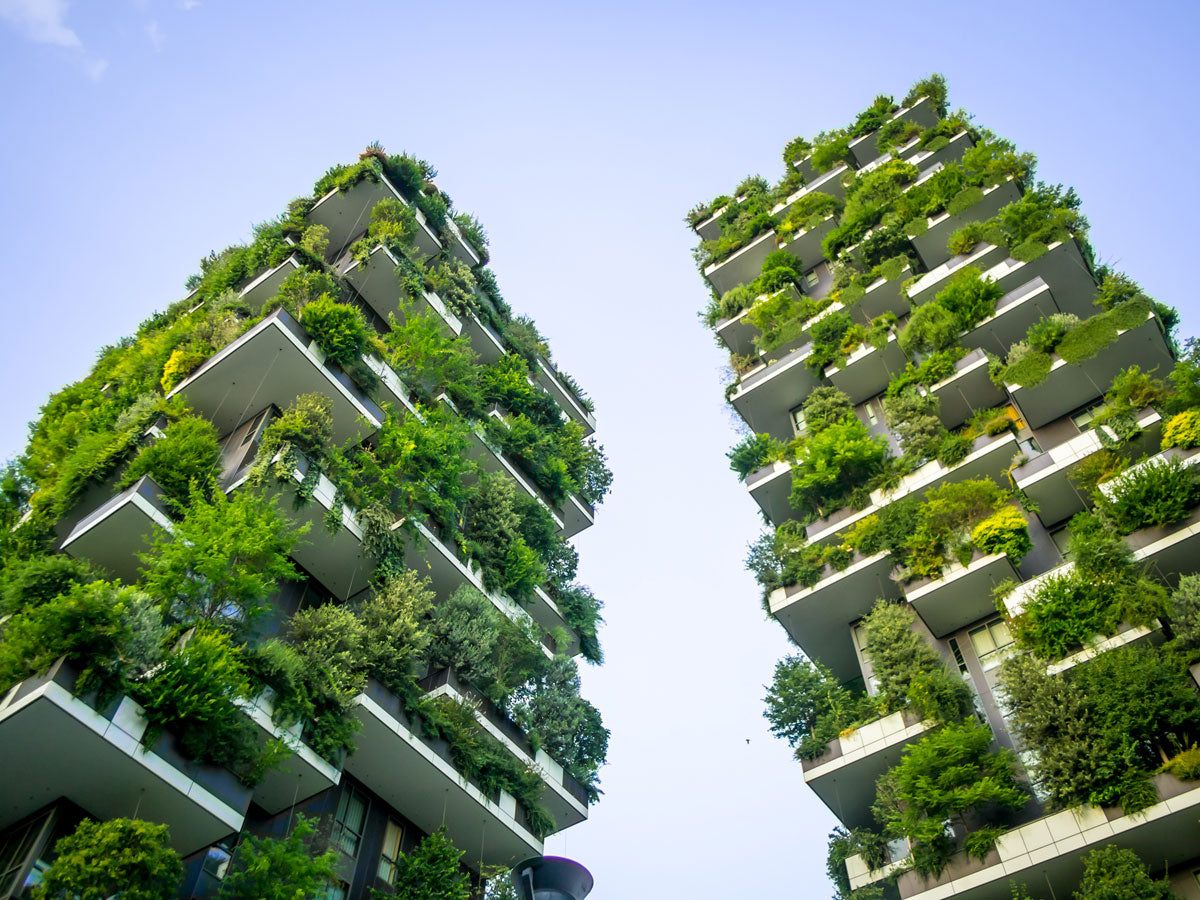
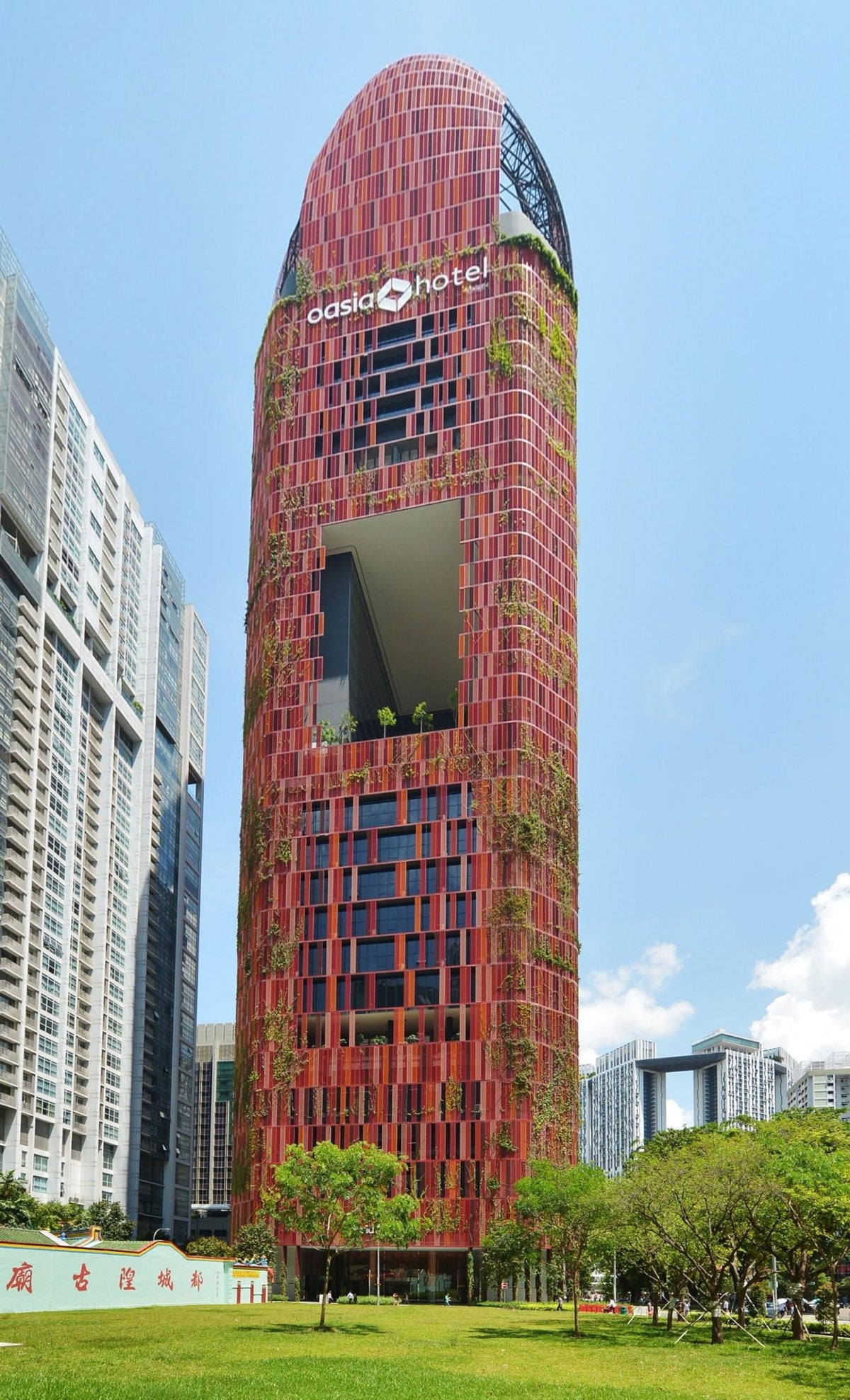
These are just some examples of the numerous cases that teach us how ancient techniques can be reinterpreted to innovate in the search to have a deeper connection with nature.

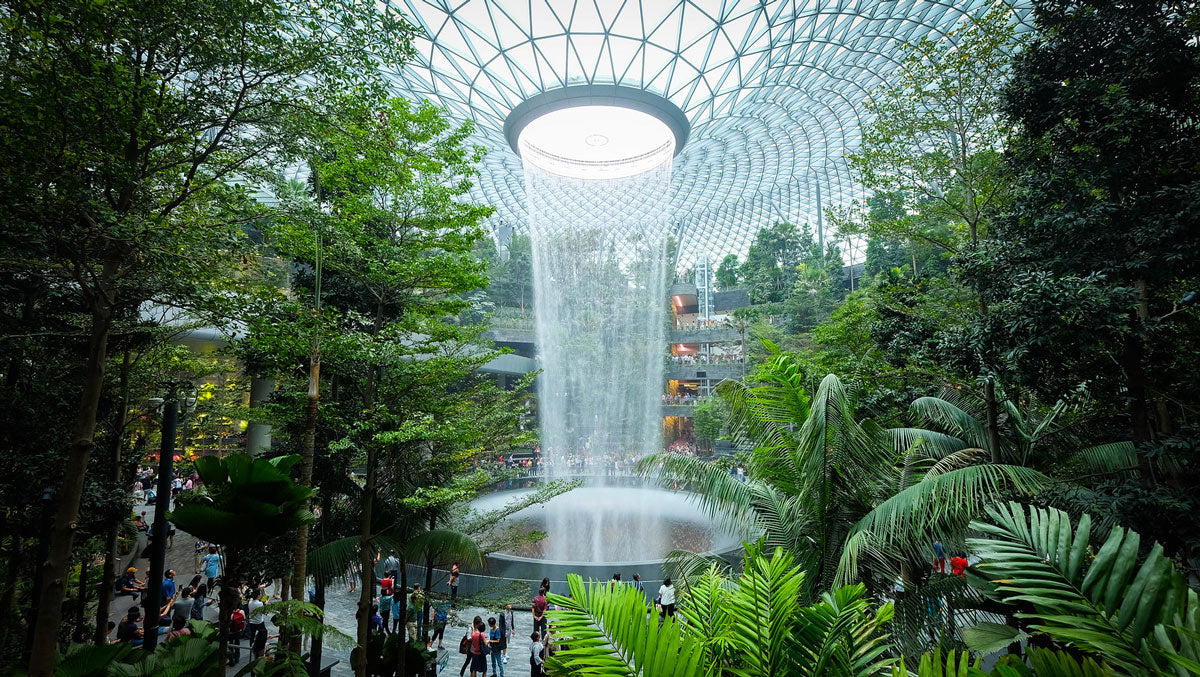
Architecture that works with nature has the added value that these live elements grow and change as time goes by, offering changing landscapes, yet their advantages go beyond the aesthetics: thermal control, structural support, pollutant absorption, ecosystem integration, room humidification, isolation of buildings against external climatological agents, and health enhancement. Let’s re-naturalize cities!
*Cover photo: Surreal Garden by Edward James in Xilitla, Mexico.


